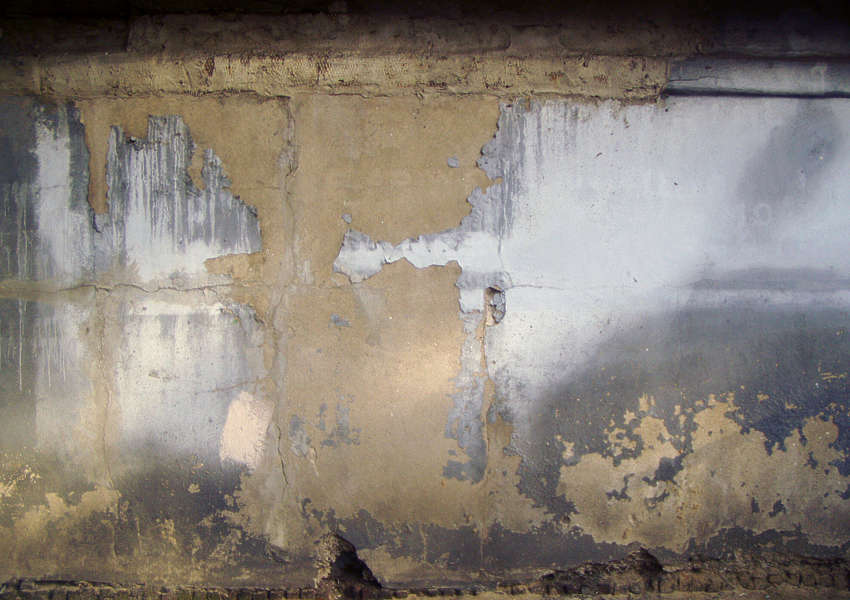

Now, if you’re starting from scratch, just repeat the procedure described in Step 1 above. Here’s a few helpful resources to get you started: Exercise caution as you click through these sites. However, some sites that host these brush packs are laden with advertising. Googling “grunge brushes” will lead you to a lot of interesting brushes. Once downloaded, simply click the brush icon on the side of the Layers panel to add the brushes to Photoshop.
#Distressed fx for windows free#
This can be done easily with custom grunge and scratch brushes, most of which are free to download. However, if you want the distressing tailored specifically to your artwork (for example, having it denser at the edges and more faint in the middle), you’ll need to create it yourself with the paint brush. Using a textured image is a quick and easy way to apply distressing. (Selecting Deep, by comparison, allows the knockout to show through all layers and groups.)īefore Texture After Step 2 (alternate): Or paint a texture So, in this case, the texture is punching through artwork layer within the group, revealing the solid color you placed below it. Choosing Shallow means that the knockout only affects the layers within the current group. Knockout is an option that allows the content of a layer to punch through the layers underneath it. Just double-click the color to get the color library and set it to whichever color you want. If you don’t like the original color you chose for the Fill Layer, you can change it now.

Under Advanced Blending, set the Fill Opacity to zero and then, from the Knockout pop-up menu, choose Shallow.Click the Texture layer to select it (if it is not already selected) and then choose Layer -> Layer Style -> Blending Options.Choose Layer -> New Fill Layer -> Solid Color and name the layer Texture.Make sure your artwork layer is currently selected (within the group “Distressing).With the image still selected, press Q to leave Quick Mask Mode.Press return to lock in the transformation. Choose Edit -> Transform ->Scale and then enlarge or reduce the texture to fit your canvas.Your texture will appear as a pink overlay. Don’t worry if the color isn’t exactly right-you can always change it later. If you’re distressing a photo, an ideal color for the scratches and folds might be ivory or white if you’re distressing an illustration that has no set background, choose an appropriate background color. Select Layer -> New Fill Layer -> Solid Color, name the layer Background Color, and click OK. You can do this either with solid color layer, gradient layer, or an image, but to keep things simple, we’ll stick with a solid color. The next task is to add a new background layer, which will be what you see through the distressing effect we will add. Place your artwork layer within its own group. If the only layer you see is called Background (in italics), control-click the layer, choose Layer From Background, enter an appropriate name for the layer and then click OK. Photos and flattened artwork will need to be changed to a layer. Once that’s done, delete any remaining hidden layers, leaving you with a single layer containing your artwork. Merge all visible layers in a multilayer illustration by choosing Layers -> Merge Visible.


 0 kommentar(er)
0 kommentar(er)
